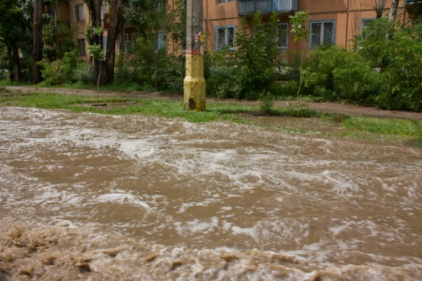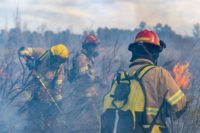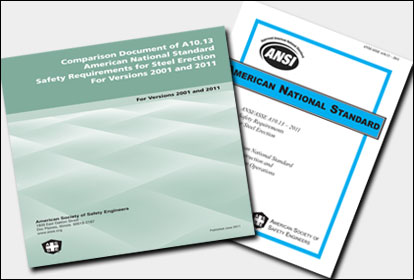 Hurricane Irene may officially be over, but damage left in her wake poses special dangers for the thousands of workers and citizens tasked with cleanup and restoration activities.
Hurricane Irene may officially be over, but damage left in her wake poses special dangers for the thousands of workers and citizens tasked with cleanup and restoration activities.
All along the eastern seaboard, crews are hard at work restoring electricity, communications, water and sewer services; demolishing buildings that are beyond repair, removing floodwater from structures; entering flooded areas to clean up debris; trimming damaged trees and repairing roadways, bridges, and dams.
OSHA warns that the hazards of post-hurricane cleanup work range from exposure to contaminated water or food, exposure to the elements and heat stress, downed electrical wires, carbon monoxide and electrical hazards from portable generators, fall and "struck-by" hazards from tree trimming or working at heights, being caught in unprotected excavations or confined spaces, burns, lacerations, musculoskeletal injuries, being struck by traffic or heavy equipment and drowning from being caught in moving water or while removing water from flooded structures.
OSHA maintains a comprehensive website on keeping disaster site workers safe during hurricane cleanup and recovery operations at: http://www.osha.gov/dts/weather/hurricane/index.html. It contains fact sheets, concise "quick cards," frequently asked questions, safety and health guides, and additional information in English and Spanish. Information on protecting oneself against heat stress while working outdoors is available in English at http://www.osha.gov/SLTC/heatillness/index.htmland in Spanish at http://www.osha.gov/SLTC/heatillness/enespanol.html.




